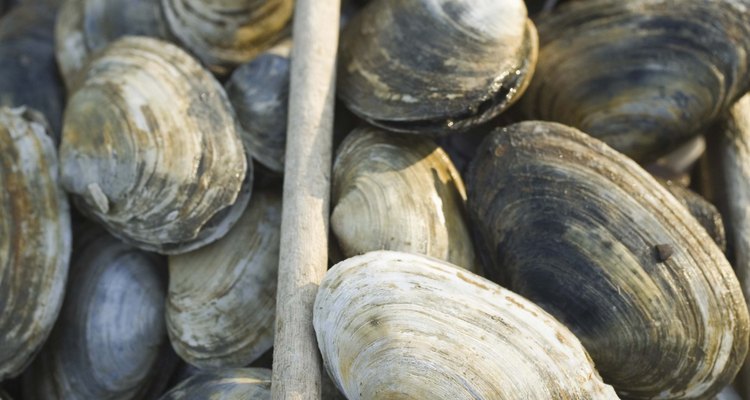
Jupiterimages/Brand X Pictures/Getty Images
Clams casino, clam chowder, no matter how you like your clams, handling is important to reduce your risk of acquiring a foodborne illness. Like most foods that come from the sea, clams are perishable and require specific temperatures to maintain freshness. If the clams that you plan to eat have been out on the counter for an extended period of time, keep in mind that the longer they sit, the riskier they become to eat.
Raw or Cooked
Raw or cooked, clams that sit out for two hours or more in temperatures above 40 degrees Fahrenheit should be thrown away. Bacteria found naturally on the clams begins to multiply at dangerous levels once two hours hits, and if you eat the clams, you may become sick. In temperatures are of 90 F or above, clams won’t last more than an hour before bacteria renders the clams unsafe to eat.
Ideal Storage
Inside the refrigerator, bacteria does not die, but it does multiply at a slower pace. This buys you some time if you aren't ready to cook the clams in the immediate future or if you want to save a cooked clam dish for later. Raw clams keep for up to two days in the refrigerator, while your favorite cooked clam recipe lasts for up to three days before needing to be discarded.
In the Cooler
If you do not have access to a refrigerator, a cooler full of ice is the next best thing. Pack the ice around the clams and keep the lid closed tightly. Refrain from opening the lid more than necessary. Keep the cooler out of direct sunlight and place a standalone refrigerator thermometer inside to help gauge the temperature. Add ice as necessary, maintaining a temperature of 40 F or below inside to cooler at all times.
Open Shells
The shells of raw clams should remain tightly sealed during cold storage -- a sign that the clam is still alive. Dead clams, or those with cracked shells, should be discarded and not cooked because they pose a health risk. Sometimes a clam may open his shell for a short time, closing it soon after. If you notice that a stored clam has an open shell, give it a light tap with your finger. If the shell does not close, the clam is not alive.
Related Articles
Can You Thaw & Refreeze Clams?
How Long Does Cooked Lobster Stay Fresh?
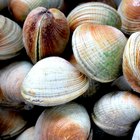
How to Steam Littleneck Clams
How Long Does It Take for ...

How Long Can Raw Meat Sit Out?
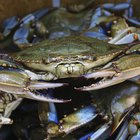
How to Cook Dead Crab
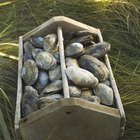
How to Cook Shucked Frozen Clams

How to Cook Littleneck Clams

How Long Can Cooked Chicken Be ...

How Long Can Tuna Stay Fresh?

How to Make Sure Cooked Clams Have No ...

How to Buy Clams
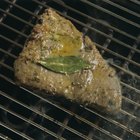
How Long Can Seared Ahi Tuna Be Kept?

How Long Can Meat Stay out of the ...

How Long Can Cooked Salmon Last ...

How to Cook Shucked Frozen Clams

Can You Refreeze Shrimp That Has Been ...

How to Steam Lobster & Shrimp
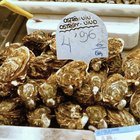
The Best Method to Store Fresh Oysters

Can You Eat an Egg That's Been Frozen?
References
Writer Bio
Jonae Fredericks started writing in 2007. She also has a background as a licensed cosmetologist and certified skin-care specialist. Jonae Fredericks is a certified paraeducator, presently working in the public education system.
Photo Credits
Jupiterimages/Brand X Pictures/Getty Images